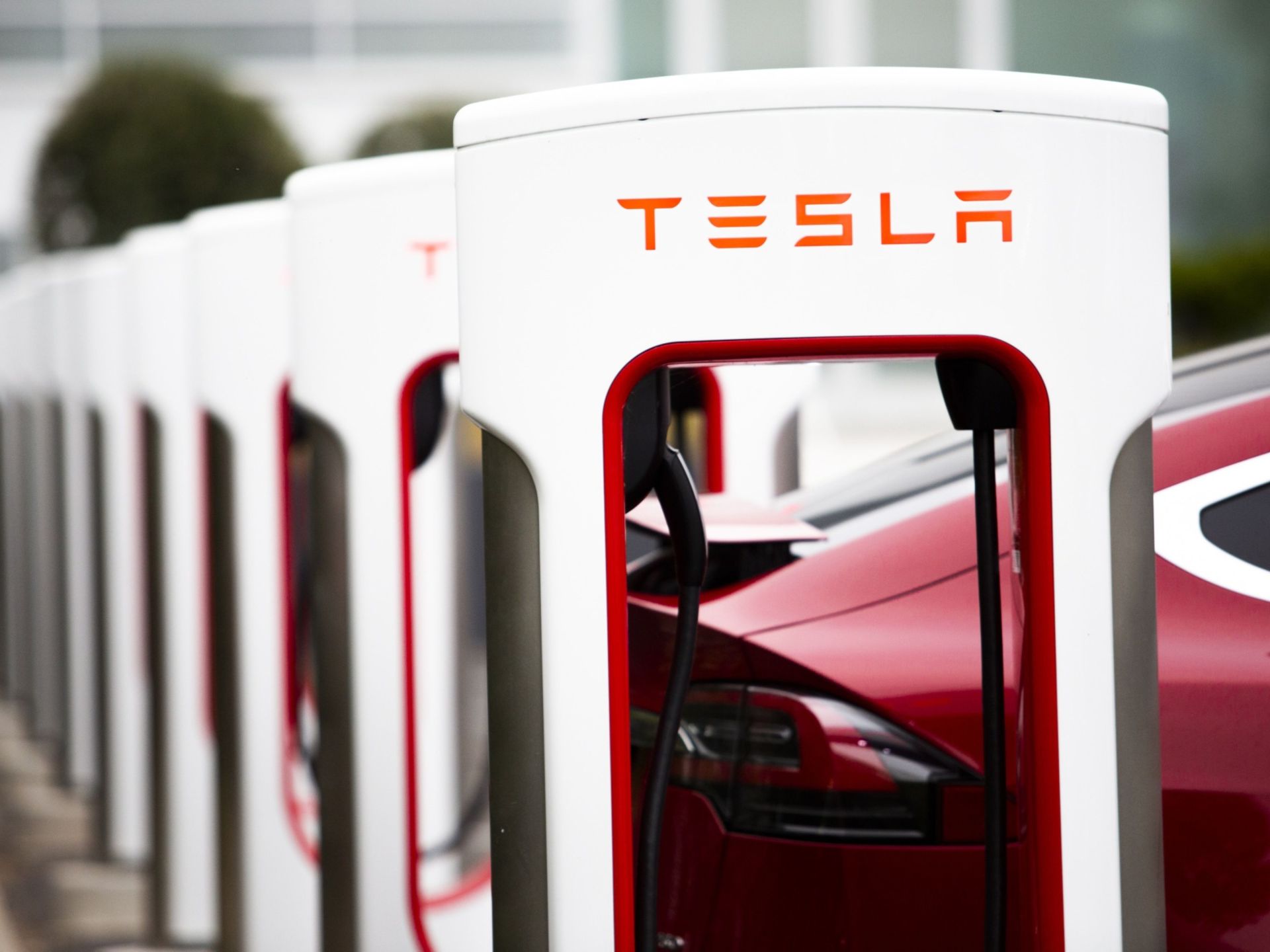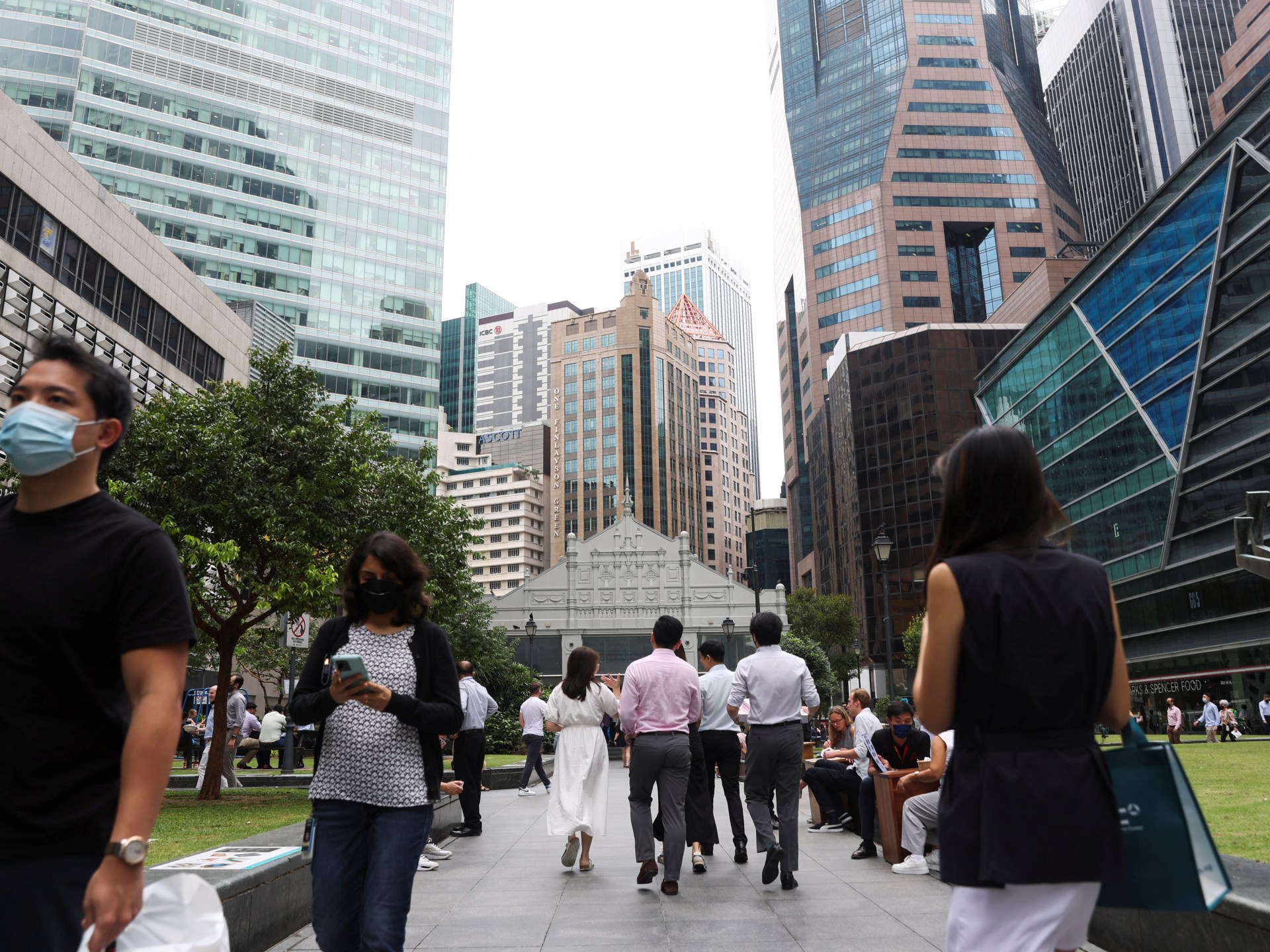US inflation slows in July, clearing way for a cut in interest rates
Year-over-year inflation has reached its lowest level in more than three years in July, the latest sign that the worst price spike in four decades is fading and setting up the United States Federal Reserve for an interest rate cut in September.
Wednesday’s report from the US Department of Labor showed that consumer prices rose just 0.2 percent from June to July after dropping slightly the previous month for the first time in four years. Measured from a year earlier, prices rose 2.9 percent, down from 3 percent in June. It was the mildest year-over-year inflation figure since March 2021.
The ongoing inflation slowdown could affect the US presidential campaign, given that candidate and former President Donald Trump has highlighted rampant inflation as a key failing of the administration of the incumbent, President Joe Biden.
However, consumers tend to look at prices of everyday items like groceries and petrol as well as the health of the stock market, and their view on the state of the economy is based on that as opposed to overall data, said Ryan Sweet, chief US economist at Oxford Economics, adding that lower inflation was not an automatic win for the Democratic Party.
The government said nearly all of July’s inflation reflected higher rental prices and other housing costs, a trend that, according to real-time data, is easing. As a result, housing costs should rise more slowly in the coming months, contributing to lower inflation.
In July, grocery prices rose just 0.1 percent and are a scant 1.1 percent higher than they were a year earlier, a much slower pace of growth than in previous years. Yet many Americans are still struggling with food prices, which remain 21 percent above where they were three years ago, though average wages have also sharply increased since then.
Petrol prices were unchanged from June to July and have actually fallen 2.2 percent in the past year. Clothing prices also dropped last month; they’re nearly unchanged from 12 months earlier. New and used car prices fell in July, too. Used car prices, which had skyrocketed during the pandemic, have tumbled nearly 11 percent in the past year.
Some food prices, including for meat, fish and eggs, are still increasing faster than before the COVID-19 pandemic. Dairy and fruit and vegetable prices, though, fell in July.
Wednesday’s report showed that inflation is steadily falling closer to the US Fed’s two percent target — though not too quickly, which might suggest that the economy is weakening, said Tara Sinclair, an economist at George Washington University and a former Treasury Department official.
“It’s a comforting report, both because it is going in the right direction and because it is not doing anything too dramatic,” Sinclair said. “It is exactly what we wanted to see.”
Sweet said that while the July data keeps the Fed on track for a cut in interest rates in September, “don’t hold your breath for a supersized cut” adding, “the call for a 50 bps cut is an overreaction”.
The US central bank has held rates at a 23-year high of 5.25-5.5 percent for more than a year, and Sweet was referring to statements from some corners of Wall Street for a cut of at least 50 basis points after data earlier this month showed that the unemployment rate had shot up to 4.3 percent, flaming fears of the US economy heading towards a recession.
Basis points are a standard measure for interest rates, and one basis point is one-hundredth of one percentage.
Economists have put that jump mainly to an influx of job seekers, especially new immigrants, who haven’t immediately found work and so have been classified as unemployed.
Austan Goolsbee, president of the Fed’s Chicago branch, said Wednesday in an interview with The Associated Press that the July data shows that inflation is clearly on track to return to the central bank’s 2 percent target. He also noted that there are signs that the job market is weakening even while the Fed’s key rate remains at its highest level in decades.
Goolsbee’s remarks suggested that he would support a series of rate cuts in the coming months.
“If you take the last seven months of last year and now the past several months, they show very strong progress on inflation,” he said. “And the employment side is at least cooling. So I think it is worth our thinking about that quite seriously.”

Prices cooling
For nearly a year, cooling inflation has provided gradual relief to US consumers, who were stung by the price surges that erupted three years ago, particularly for food, petrol rent and other necessities. Inflation peaked two years ago at 9.1 percent, the highest level in four decades.
In July, excluding volatile food and energy costs, so-called core prices climbed a mild 0.2 percent from June, after a 0.1 percent increase the previous month. And compared with a year earlier, core inflation slowed from 3.3 percent to 3.2 percent — the lowest level since April 2021. Core prices are closely watched by economists because they typically provide a better read of where inflation is headed.
When the central bank lowers its benchmark rate, over time it tends to reduce the cost of borrowing for consumers and businesses. Mortgage rates have already declined in anticipation of the Fed’s first rate reduction.
At a news conference last month, Fed Chair Jerome Powell said that cooler inflation data this spring had strengthened the Fed’s confidence that price increases are falling back to a 2 percent annual pace. Another inflation report will be issued next month before the Fed’s September 17-18 meeting, with economists expecting that report to also show that price increases remained mostly tame.
Inflation has eased substantially in the past two years as global supply chains have been repaired, a spate of apartment construction in many large cities has cooled rental costs and higher interest rates have slowed auto sales, forcing dealers to offer better deals to potential car buyers.
Consumers, particularly lower-income ones, are also becoming more price-sensitive, forgoing high-priced items or shifting to cheaper alternatives. This has forced many companies to rein in price hikes or even offer lower prices.
Prices are still rising sharply for some services, including auto insurance and healthcare. Auto insurance costs have shot up as the value of new and used vehicles has soared compared with three years ago. They jumped 1.2 percent just from June to July, defying expectations for a smaller gain.




